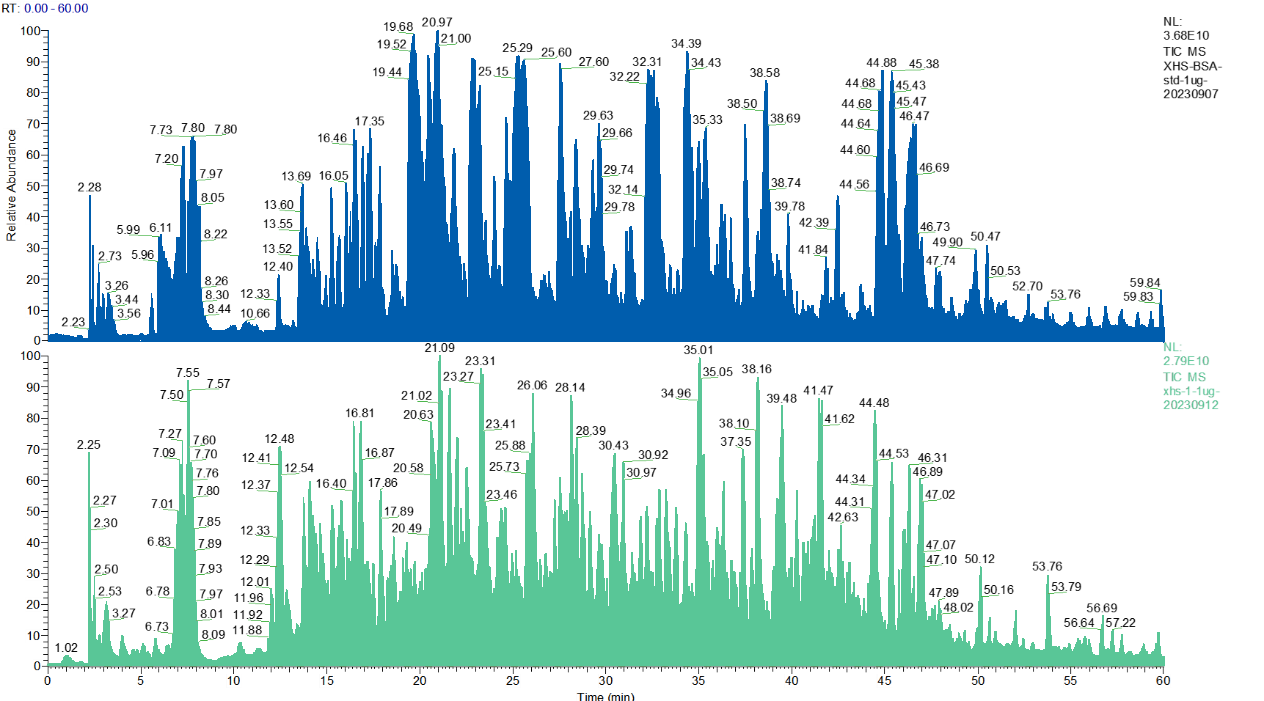Recombinant proteins are primarily expressed in host cells, such as bacteria, yeast, mammalian, insect, or plant cell lines. During the bioproduction process, these host cells also produce by-product proteins necessary for normal cellular functions. As cells undergo apoptosis, death, and lysis, these by-product proteins are released into the cell culture medium. Consequently, residual host cell protein become critical process-related impurities that can impact clinical safety and efficacy. The US Pharmacopeia stipulates that HCP residue levels should range between 1-100 ng/mg.
ELISA assays is the pharmacopeial method for HCP quantification, despite some limitations. For example, the antibody coverage in ELISA kits is only about 50%-80%, which means it cannot cover all HCP types. Additionally, ELISA can only measure the total amount of HCP and cannot provide information on the types and quantities of individual HCPs. Therefore, industry experts recommend using mass spectrometry for accurate identification and quantitative analysis of HCPs as an orthogonal method.
1. Bioprocess Optimization
Comparative studies of in-process samples from different routes are conducted to analyze the stepwise efficiency of HCP removal, thereby identifying the optimal route. Since ELISA can only detect total HCP content, some HCPs with high content but low immunogenicity (unrecognized by antibodies) cannot be effectively monitored. Therefore, it is recommended to use mass spectrometry data during process development for more accurate monitoring.
2. HCP Analysis in Final Products
Comparative analysis of drug substances from different batches is conducted to evaluate the stability of the bioprocessing. This analysis, combined with ELISA data, further evaluates the residual HCP impurities and reduces clinical risks.
